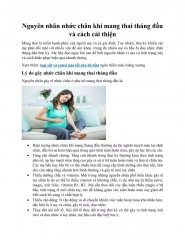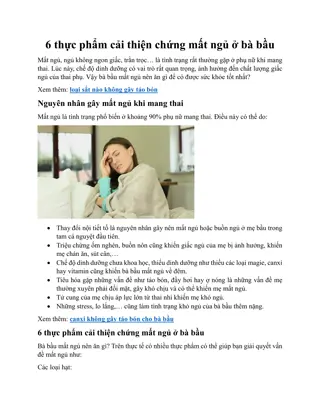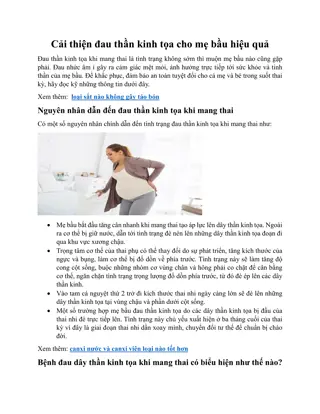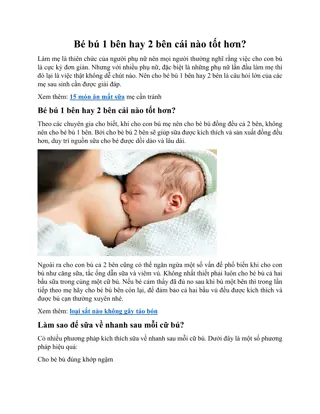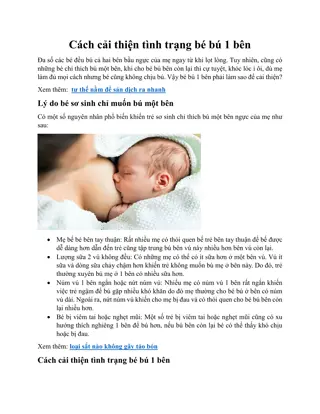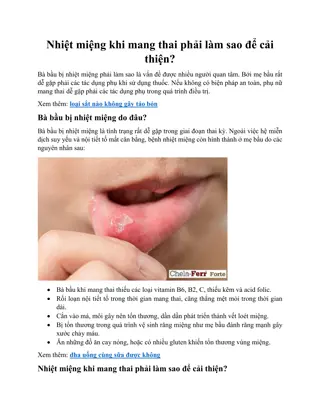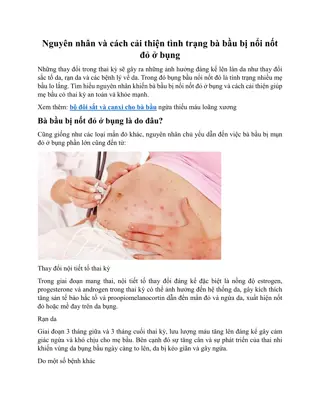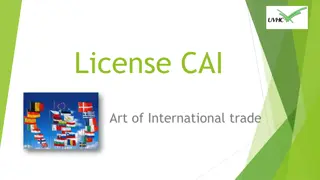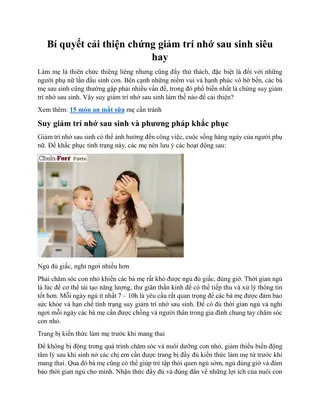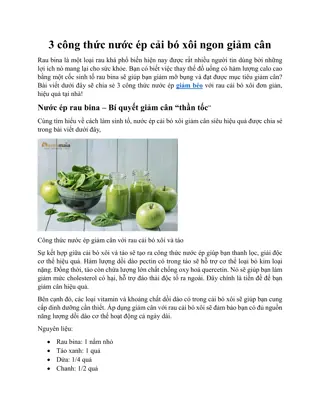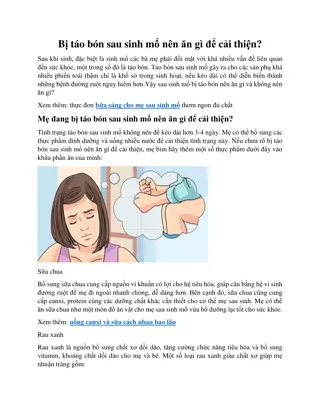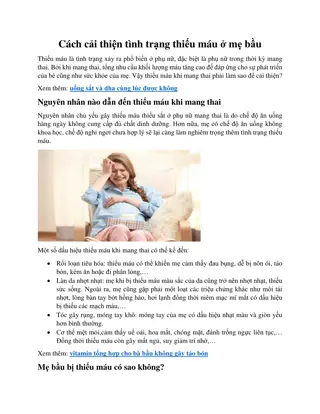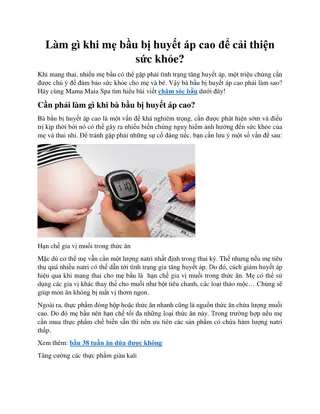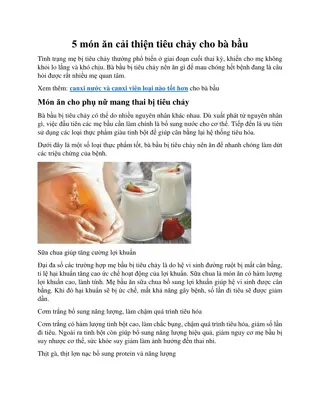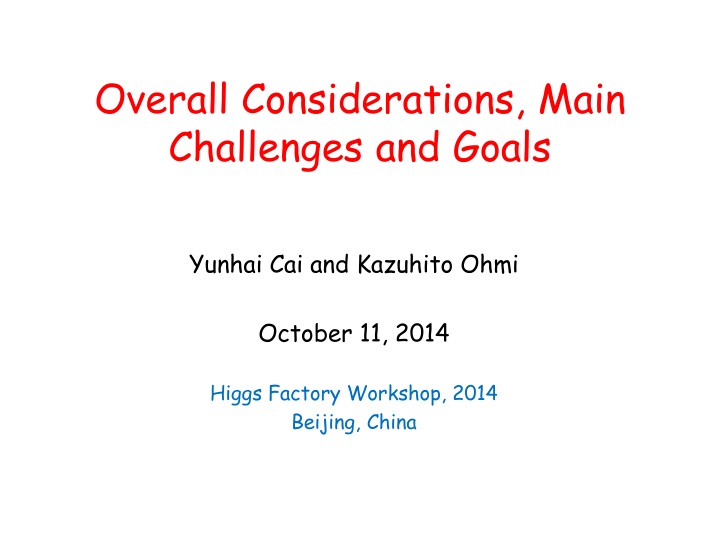
Challenges and Goals in Lattice Design for Higgs Factory Workshop
Discussing the main challenges and goals in lattice design for a Higgs Factory workshop, focusing on achieving a significant increase in luminosity at beam energy 120 GeV with low emittance lattice and high packing factor of magnets while considering affordability. The content covers design parameters, luminosity calculations, beam-beam limits, power limitations, and scaling of luminosity as key aspects for developing an effective Higgs Factory setup.
Download Presentation

Please find below an Image/Link to download the presentation.
The content on the website is provided AS IS for your information and personal use only. It may not be sold, licensed, or shared on other websites without obtaining consent from the author. If you encounter any issues during the download, it is possible that the publisher has removed the file from their server.
You are allowed to download the files provided on this website for personal or commercial use, subject to the condition that they are used lawfully. All files are the property of their respective owners.
The content on the website is provided AS IS for your information and personal use only. It may not be sold, licensed, or shared on other websites without obtaining consent from the author.
E N D
Presentation Transcript
Overall Considerations, Main Challenges and Goals Yunhai Cai and Kazuhito Ohmi October 11, 2014 Higgs Factory Workshop, 2014 Beijing, China
Main Challenges in Lattice Design Compared with LEP2, we want a factor of 100 increase of luminosity at beam energy 120 Gev with affordable cost Low emittance lattice at high energy High packing factor of magnets Strong final focusing Large momentum acceptance Short bunches 3/18/2025 Yunhai Cai, SLAC and Kazuhito Ohmi, KEK 2
Design Parameters LEP2 HF2014 Beam Energy [GeV] 104.5 120.0 Circumference [km] 26.7 47.5 Beam current [mA] 14.4 4 Number of bunches 4 25 Bunch population [1010] 57.5 32.0 Horizontal emittance [nm] 48 1.7 Vertical emittance [nm] 0.25 0.0043 18.5x10-5 1.43x10-5 Momentum compaction factor x* [mm] y* [mm] Hourglass factor 1500 200 50 2 0.98 0.76 SR power [MW] 11 50 Bunch length [mm] 16.1 1.5 Beam-beam parameter 0.07 0.07 Luminosity [1034 cm-2s-1] 0.0125 1.01 3/18/2025 Yunhai Cai, SLAC and Kazuhito Ohmi, KEK 3
Luminosity Bunch luminosity 2 N = b L f R b rev h 4 x y where Rh is a geometrical reduction from the hourglass effect and is written as 2 = * 2 y = 2 a ( ), R ae K a a 0 h 2 z Total luminosity L = n bL b 3/18/2025 Yunhai Cai, SLAC and Kazuhito Ohmi, KEK 4
Beam-Beam Limit Given the beam-beam parameter * y + r N e b = y 2 ( ) y x y The luminosity can be re-written as cI y = L R h 2 * 2 r I where IA=17045 A. Smaller y* is absolutely necessary. For example, in this design we have I=14.4 mA, E0=120 GeV, y=0.07, Rh=0.76, y*=2mm, gives 1x1034 cm-2s-1 in luminosity. So what is the beam-beam limit for Higgs factory? e A y 3/18/2025 Yunhai Cai, SLAC and Kazuhito Ohmi, KEK 5
Power Limitation Synchrotron radiation 2 4 r mc = 4 e U 0 3 Beam power given by RF = / Pb U I e 0 Limits the total beam current I For example, E0=120 GeV, =5.2 km, U0=3.6 GeV, I=14.4 mA, lead to Pb=50 MW in this design. 3/18/2025 Yunhai Cai, SLAC and Kazuhito Ohmi, KEK 6
Scaling of Luminosity If there is a beam-beam limit as suggested by the simulation and beam power is also limited, the luminosity can be re-written as c L 3 8 3 P y = b R h 3 * r P e y A where PA = mc2IA/e = 8.7 GW. This scaling was first given by B. Richter, Nucl. Instr. Meth. 136 (1976) 47-60. 3/18/2025 Yunhai Cai, SLAC and Kazuhito Ohmi, KEK 7
Emittance of Lattice For an electron ring, the horizontal emittnace is given by 2 C q = 3 F 0 c J x is the bending angle of the dipoles. 55 = , Cq mc 32 3 The quantum constant Cq = 3.8319x10-13 m for electron is the Lorentz factor (energy) Lower emittance implies More cells, more dipoles and smaller dispersion Stronger focusing, more quadrupoles Stronger2 of sextupoles reduces dynamic aperture 3/18/2025 Yunhai Cai, SLAC and Kazuhito Ohmi, KEK 8
Space in Arc and Packing Factor 3/18/2025 Yunhai Cai, SLAC and Kazuhito Ohmi, KEK 9
Final Focus System at IP: x*=200 mm y*=2 mm L*=2 m chromaticity: y~L*/ y* 3/18/2025 Yunhai Cai, SLAC and Kazuhito Ohmi, KEK 10
Beamstrahlung Effects Beam lifetime due to large single photon emission (for 30 minutes, V.I. Telnov, 2012) N 1 . 0 b 2 3 r x z e Large RF-buckets and large momentum aperture Large z and x. Favors longer and larger horizontal beam size. Limits bunch population Nb Are there any reasonable solutions? 3/18/2025 Yunhai Cai, SLAC and Kazuhito Ohmi, KEK 11
Dynamic Aperture 144 y 16 x 3/18/2025 Yunhai Cai, SLAC and Kazuhito Ohmi, KEK 12
Main Goals Clarify where we are and identify main design issues Compare different designs and identify their trade-offs Collect ideas to resolve the technical blocks such as off-momentum aperture Obtain a set of requirements that consistent with other systems (or WGs) Define or have a baseline design? 3/18/2025 Yunhai Cai, SLAC and Kazuhito Ohmi, KEK 13
Important Questions Is FODO better for high packing factor, or any other possibility? Is the emittance hard to achieve in the reasonable sextupole strength? How is the degree of freedom in the design of final focus system? How is chromaticity correction well done? Possibility for wider momentum acceptance. 3/18/2025 Yunhai Cai, SLAC and Kazuhito Ohmi, KEK 14

